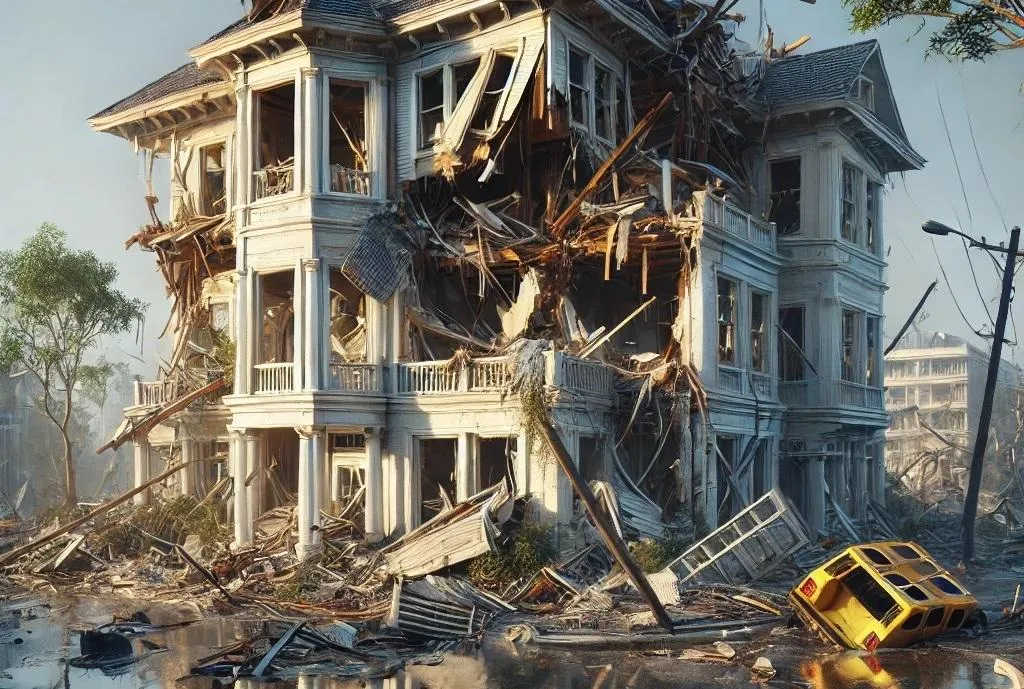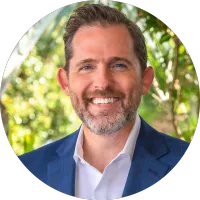Blog

The Foundation of Safety: Why Resilient Structures Matter
The Importance of Structure: Building Resilience in the Face of Natural Disasters
Did you know that natural disasters affect hundreds of millions of people every year? Earthquakes, hurricanes, floods, and other catastrophic events leave a trail of devastation, destroying homes, infrastructure, and, tragically, lives. It's a heartbreaking reality that reminds us how critical the structure of our buildings is in these moments of crisis.
But what if we could change the story? What if we could design and build buildings that don't just withstand disasters, but actively protect the people inside? It's a question worth asking, especially when you consider that over 60% of disaster-related deaths worldwide are due to collapsing structures.

So today, let's talk about the importance of stable structures.
You probably know that the reason some buildings survive earthquakes while others crumble like sandcastles is because of their design and materials - stronger, more flexible structures can absorb the shock and reduce the risk of collapse. Did you know that according to the World Bank, every $1 invested in disaster-resilient infrastructure saves $4 in disaster recovery costs? What a smart return on investment, both in terms of money and lives.
Consider this: In 2010, Haiti experienced a devastating earthquake that killed more than 200,000 people. Much of the destruction was due to poorly constructed buildings that simply couldn't withstand the force of the quake. Now contrast that with Japan, a country that frequently faces earthquakes of similar or greater magnitude. Thanks to strict building codes and advanced earthquake-resistant designs, Japan has been able to save countless lives during these catastrophic events. The difference? Structure.
The tragic collapse of the Champlain Towers South in Surfside, Florida, on June 24, 2021, serves as another grim reminder. This 12-story beachfront condominium partially collapsed, leading to the deaths of 98 people. Investigations revealed that long-term degradation of reinforced concrete structural support, exacerbated by water penetration and corrosion of reinforcing steel, played a significant role in the disaster. Despite warnings and a planned $15 million program for remedial works, the main structural repairs had not begun before the collapse. This catastrophe underscores the critical importance of timely maintenance and robust construction standards in safeguarding lives.
And that raises an important question: What really keeps our communities safe during natural disasters?

Look around your neighborhood, your town. Are the buildings designed to withstand a major storm or earthquake? Are the schools, hospitals, and homes in your area built to protect the people inside? Or are they vulnerable to the same fate as the structures that have collapsed in other disaster-prone regions?
As philanthropists and investors, we have a unique opportunity to make a difference. It's not just about providing immediate relief after a disaster-although that's certainly crucial-it's about preventing the need for relief in the first place. Imagine if we could redirect just a portion of our efforts to invest in resilient infrastructure. The potential impact is profound: safer communities, reduced economic losses, and most importantly, saved lives.
Indeed, the statistics are alarming. The United Nations reports that economic losses from disasters have increased tenfold between 1970 and 2019, topping $3 trillion globally. But here's the good news: the solutions are within our reach. We have the technology, knowledge, and resources to build buildings that can better withstand the forces of nature.
What do you think is the missing ingredient to implement these solutions on a large scale? Is it the will, or the money, or a combination of both?
So I challenge you: Take a moment to consider the structures around you. Are they strong enough to protect the people inside in the event of a disaster? If not, what can be done to change that? How can we, men of power, help build safer, more resilient communities?
It's a question worth exploring. And as we consider our next steps, let's remember that the structures we build today will shape the safety of future generations. I'd like to hear your thoughts. How do you think we can make our buildings - and our world - more resilient to natural disasters?

About PhilanthroInvestors
PhilanthroInvestors combines traditional venture capital financing tools with philanthropic principles to achieve social impact. By secure, meaningful, and profitable investments, they bring capital and also change people’s lives.
PhilanthroInvestors are currently working in four sectors – Housing, Water, Health and Environment – and will be adding more investment sectors in the future. PhilanthroInvestors founder Ivan Anz owns companies on three continents and has investors in 14 countries.
Discover how investing with us can secure your future. Get in touch here.
© 2025 l PhilanthroInvestors®
THE CONTENT OF THIS SITE DOES NOT CONSTITUTE AN OFFER TO SELL OR THE SOLICITATION OF AN OFFER TO BUY ANY SECURITIES.





